Airship startup Flying Whales will use Honeywell’s most powerful generator for their electric engines.


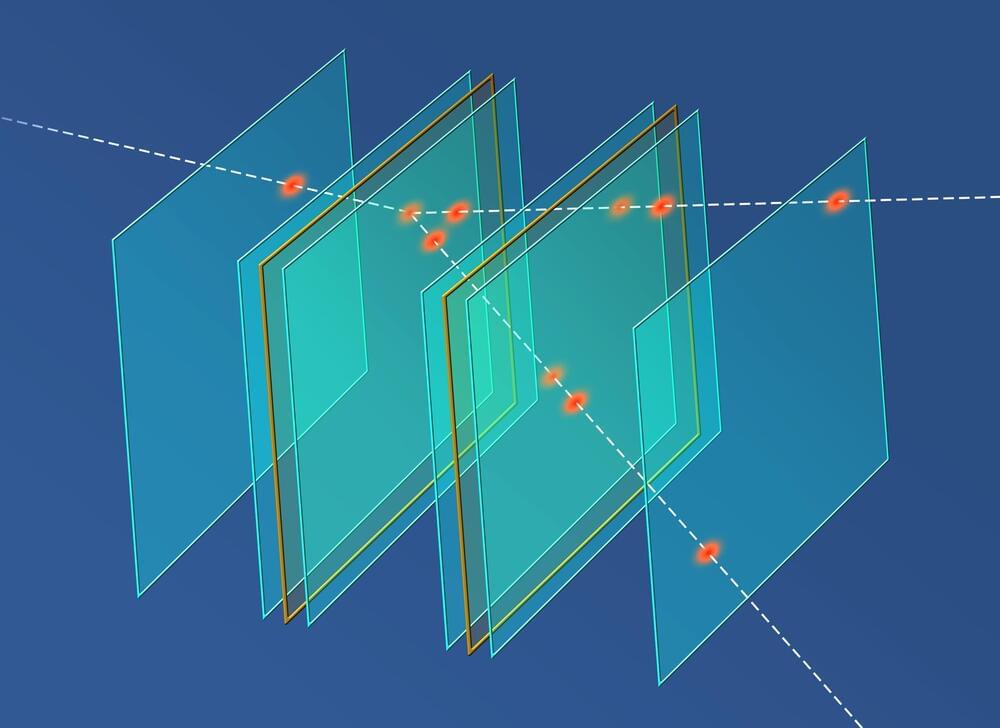
Particles colliding in accelerators produce numerous cascades of secondary particles. The electronics processing the signals avalanching in from the detectors then have a fraction of a second in which to assess whether an event is of sufficient interest to save it for later analysis. In the near future, this demanding task may be carried out using algorithms based on AI, the development of which involves scientists from the Institute of Nuclear Physics of the PAS.
Anyone considering a rooftop solar system will have a lot to like about Texas-based Yotta Energy’s innovation.
Interestingly, it’s what the setup doesn’t include that could be most game-changing for the small-and medium-sized businesses targeted by the company, per a CleanTechnica report.
There’s no extra land area needed for energy storage — and no trenching, no structure, and no foundation, either. Owners won’t need landscaping, fencing, or aesthetics. And there’s no cause for extra building and electrical permits for a big battery.
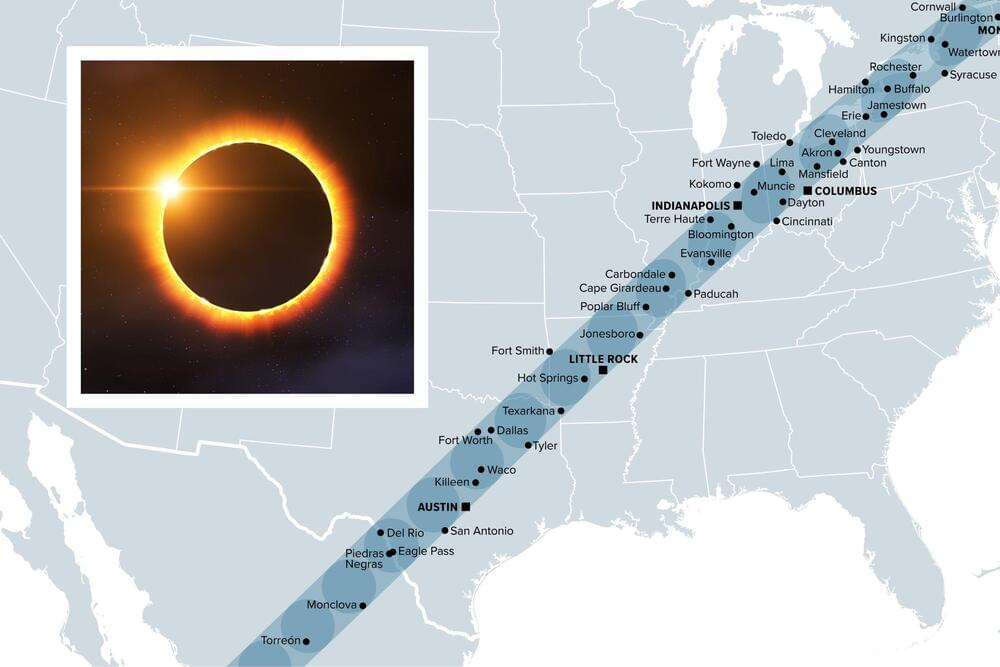
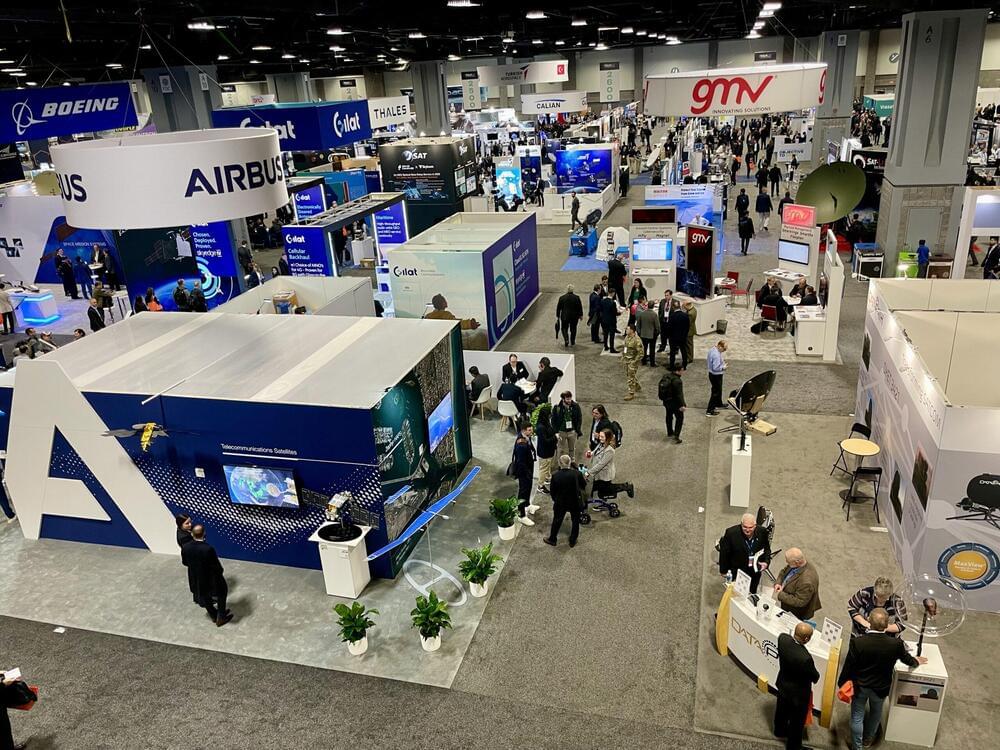
WASHINGTON — Lockheed Martin is looking to team up with more commercial space companies as it aims to stay ahead of the curve in areas like intelligence, surveillance, communications, and small satellites, a senior executive said March 19.
“We’re looking for strategic partners,” said Robert Lightfoot, president of Lockheed Martin Space. “We’re interested in talking with anyone who has an advantage in those areas from a space perspective.”
Lightfoot spoke with SpaceNews at the Satellite 2024 conference.
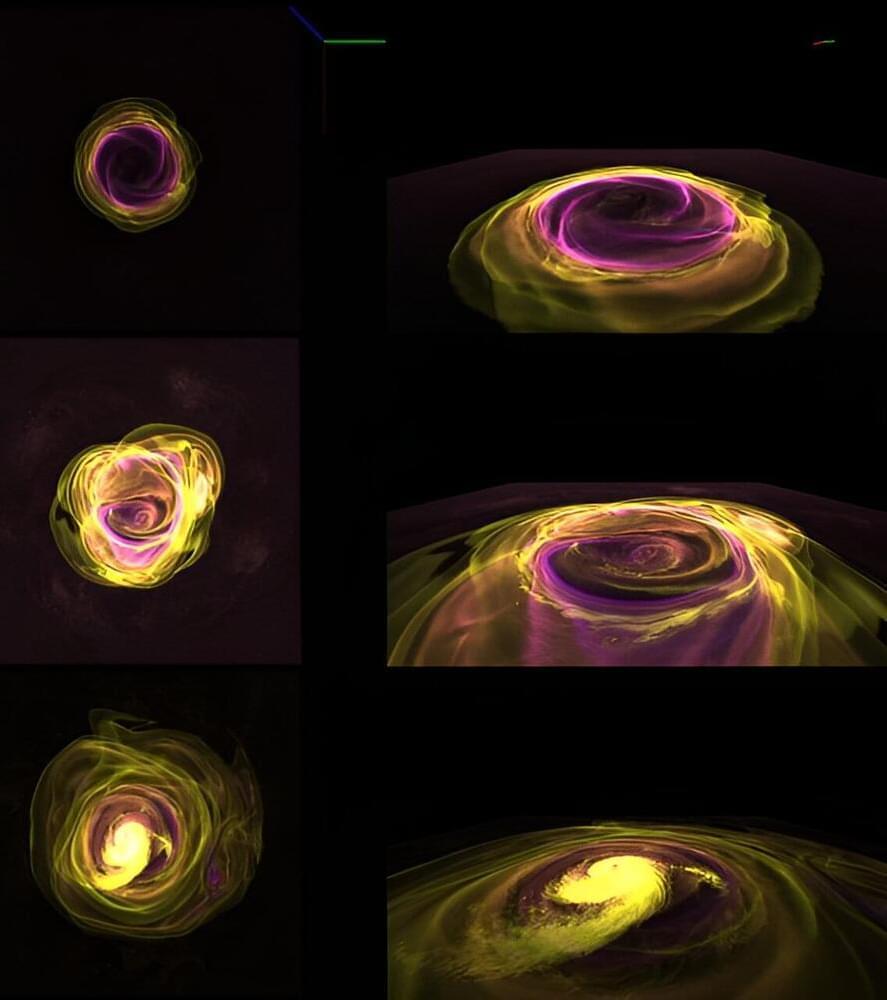
While Elon Musk says Tesla is trying to build an AI supercomputer, his companies are spending billions of dollars on Nvidia hardware.
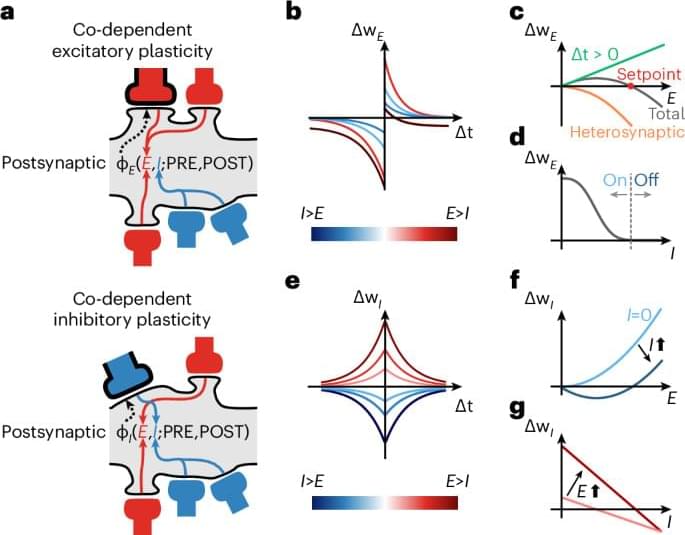

Studies of brain network connectivity improved understanding on brain changes and adaptation in response to different pathologies. Synaptic plasticity, the ability of neurons to modify their connections, is involved in brain network remodeling following different types of brain damage (e.g., vascular, neurodegenerative, inflammatory). Although synaptic plasticity mechanisms have been extensively elucidated, how neural plasticity can shape network organization is far from being completely understood. Similarities existing between synaptic plasticity and principles governing brain network organization could be helpful to define brain network properties and reorganization profiles after damage. In this review, we discuss how different forms of synaptic plasticity, including homeostatic and anti-homeostatic mechanisms, could be directly involved in generating specific brain network characteristics. We propose that long-term potentiation could represent the neurophysiological basis for the formation of highly connected nodes (hubs). Conversely, homeostatic plasticity may contribute to stabilize network activity preventing poor and excessive connectivity in the peripheral nodes. In addition, synaptic plasticity dysfunction may drive brain network disruption in neuropsychiatric conditions such as Alzheimer’s disease and schizophrenia. Optimal network architecture, characterized by efficient information processing and resilience, and reorganization after damage strictly depend on the balance between these forms of plasticity.
Keywords: brain networks, connectivity, synaptic plasticity, Alzheimer’s disease (AD), schizophrenia, long-term potentiation (LTP), synaptic scaling, resting state functional MRI (rs-fMRI)
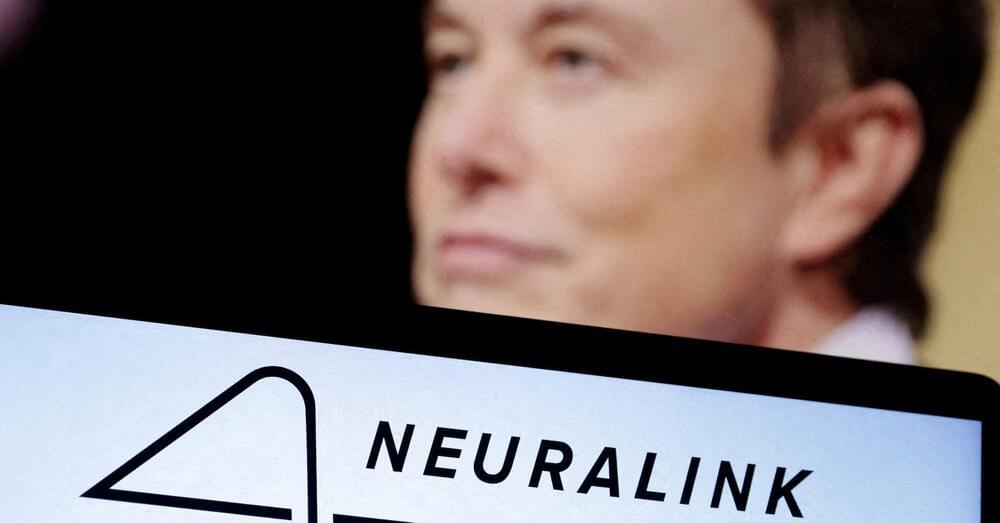
Our H+ friend Rob Wilkes alerted me to this today!
March 20 (Reuters) — Elon Musk’s brain-chip startup Neuralink livestreamed on Wednesday its first patient implanted with a chip using his mind to play online chess.
Noland Arbaugh, the 29-year-old patient who was paralyzed below the shoulder after a diving accident, played chess on his laptop and moved the cursor using the Neuralink device. The implant seeks to enable people to control a computer cursor or keyboard using only their thoughts.
Arbaugh had received an implant from the company in January and could control a computer mouse using his thoughts, Musk said last month.